
Historical Anatomies Home
> Browse Titles
>Zakarīyā ibn Muḥammad al-Qazwīnī: ‘Ajā’ib al-makhlūqāt wa-gharā’ib al-mawjūdāt (Marvels of Things Created and Miraculous Aspects of Things Existing) كتاب عجائب المخلوقات وغرائب الموجودات
• Turn the Pages • Bibliographic Information •Access Full Digitized Book
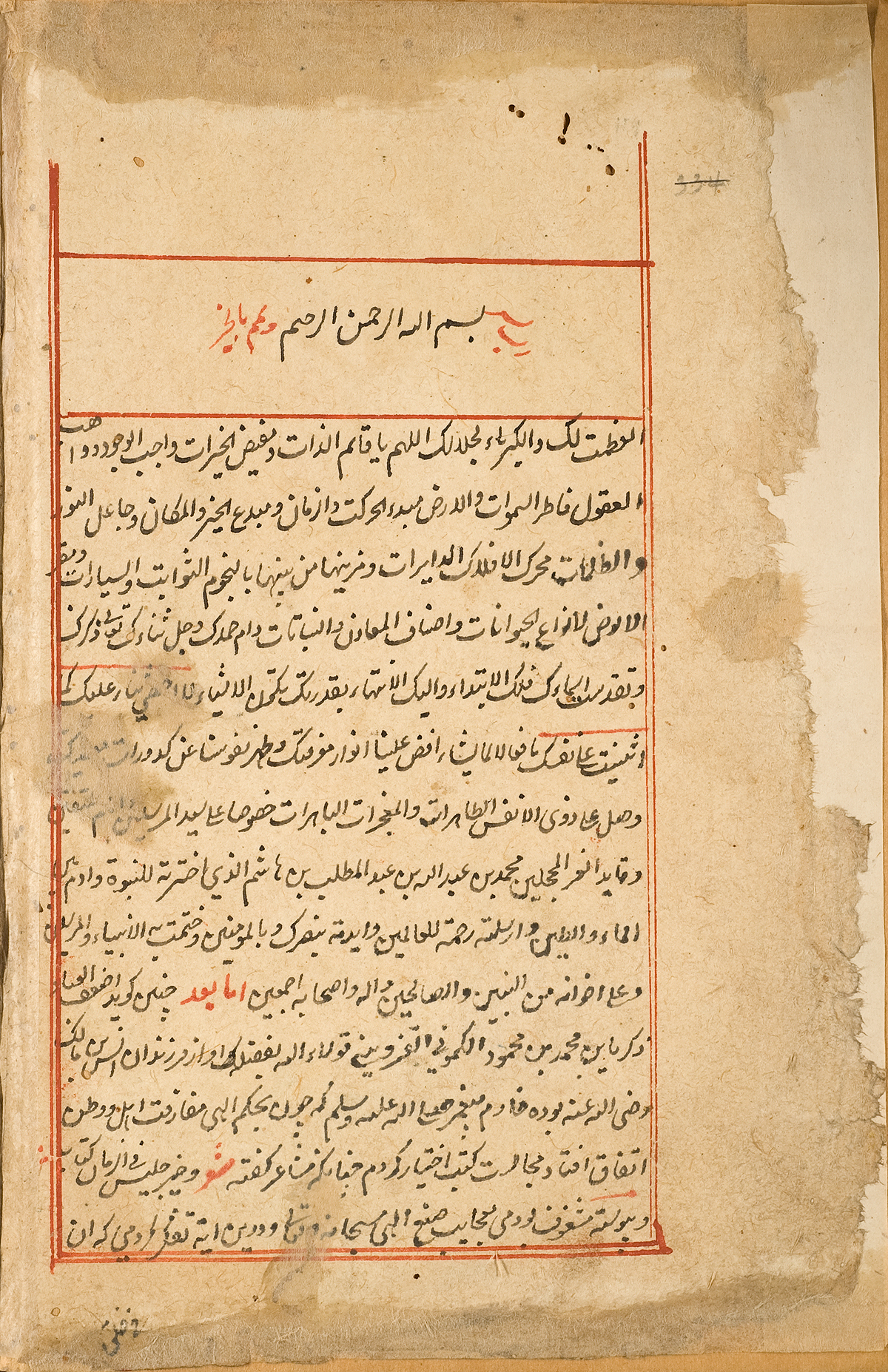
Opening invocation to Allah
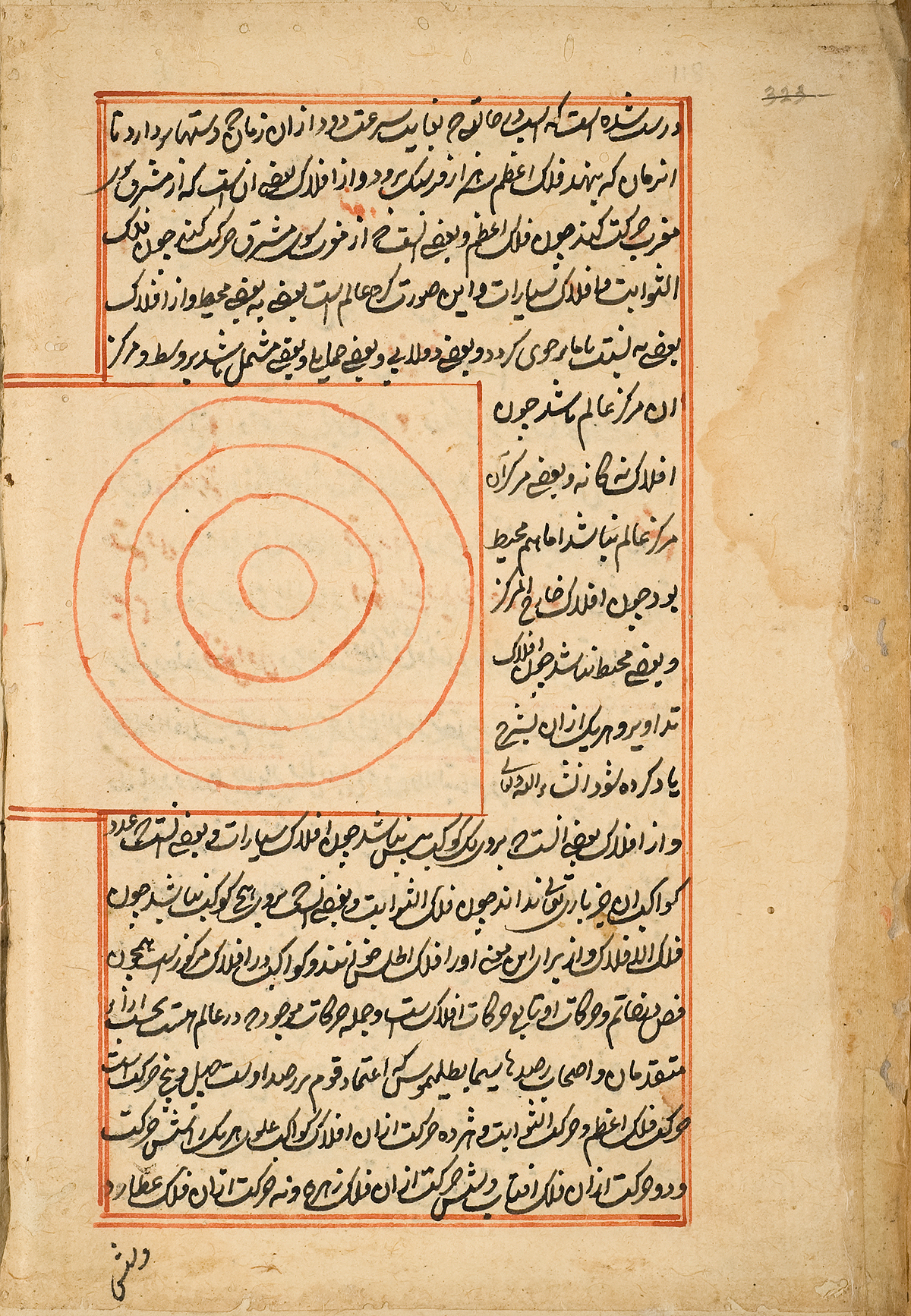
Geocentric model of the universe
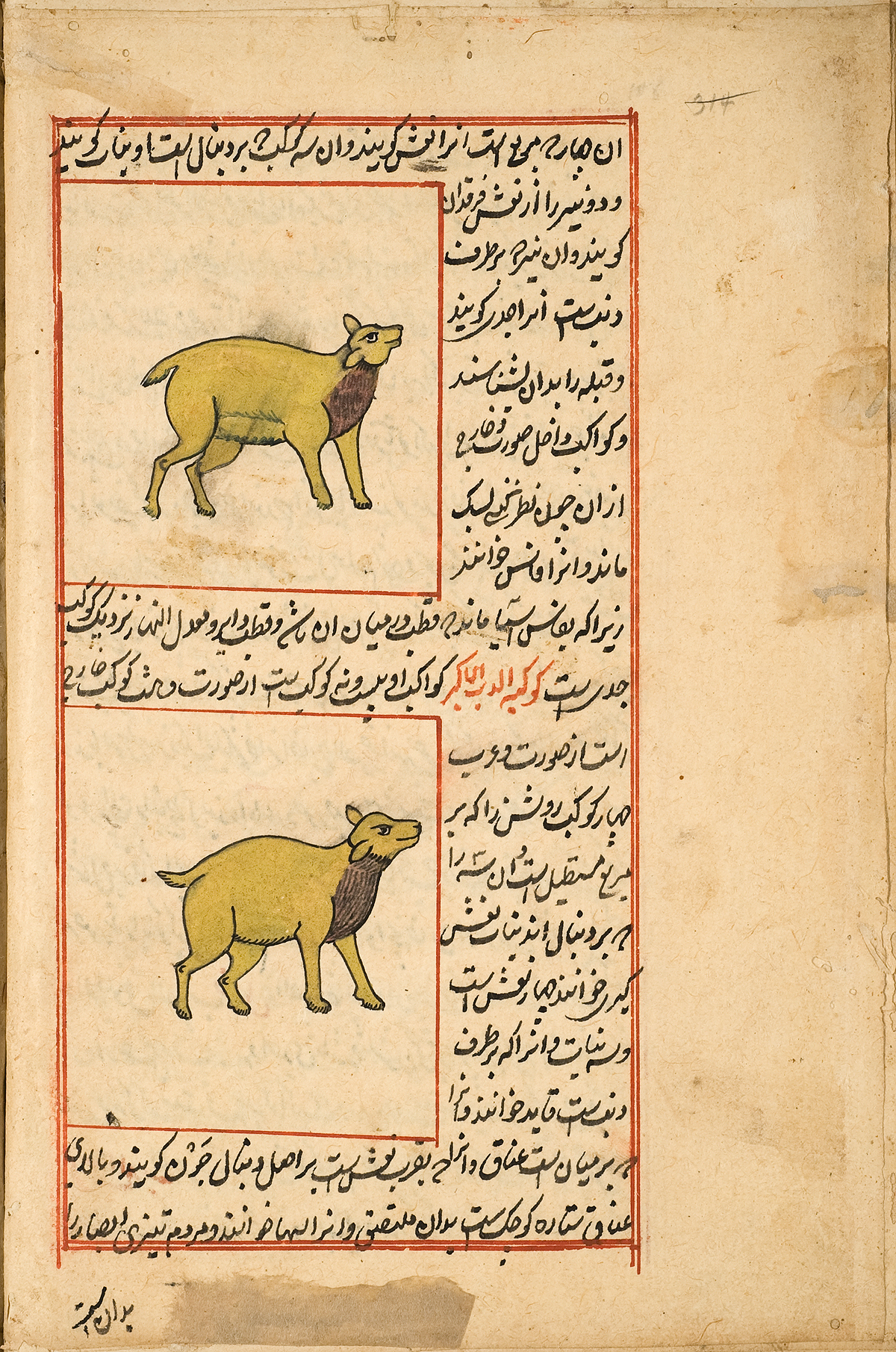
Ursa Major and Ursa Minor
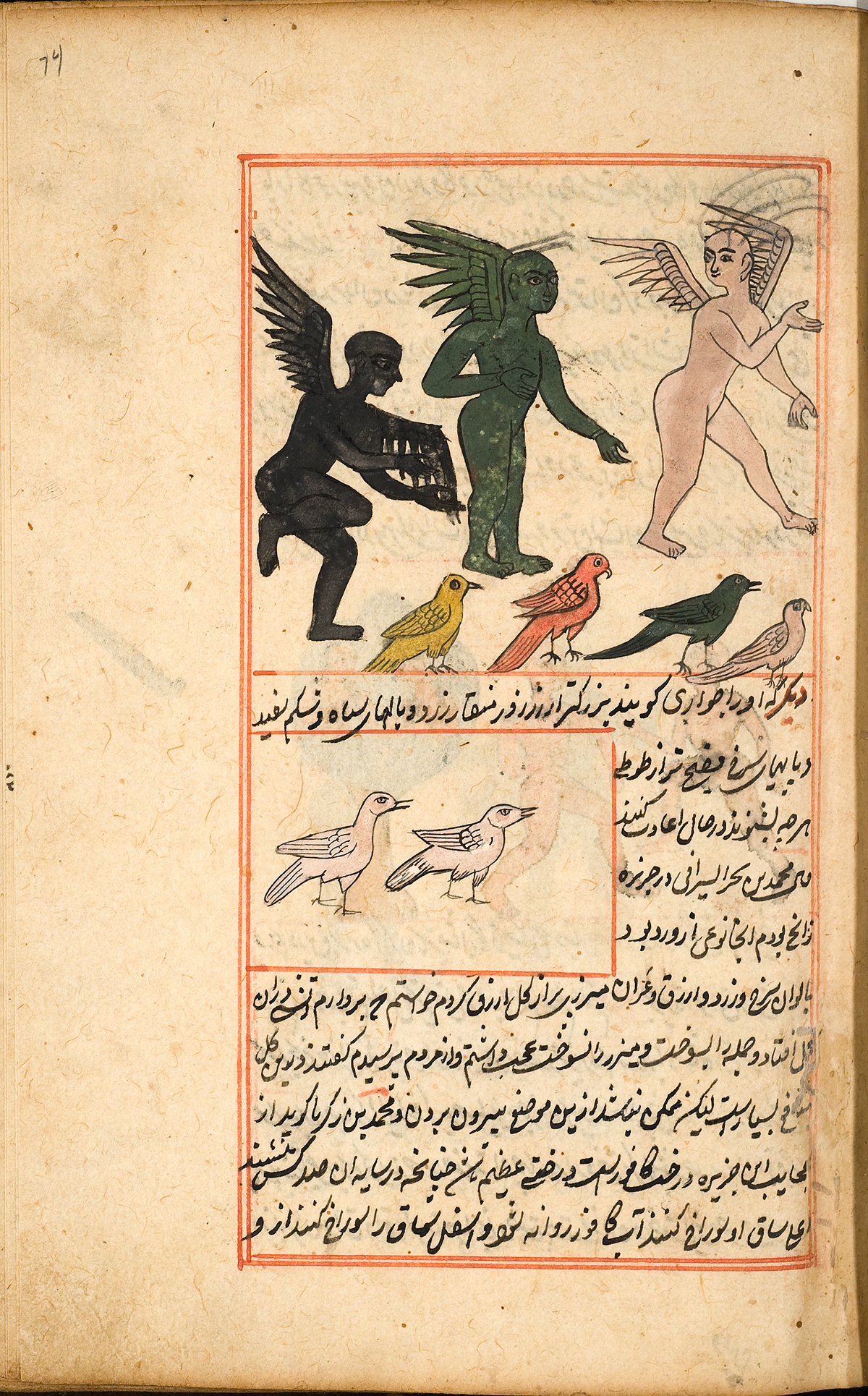
Creatures from the island of Zaneh
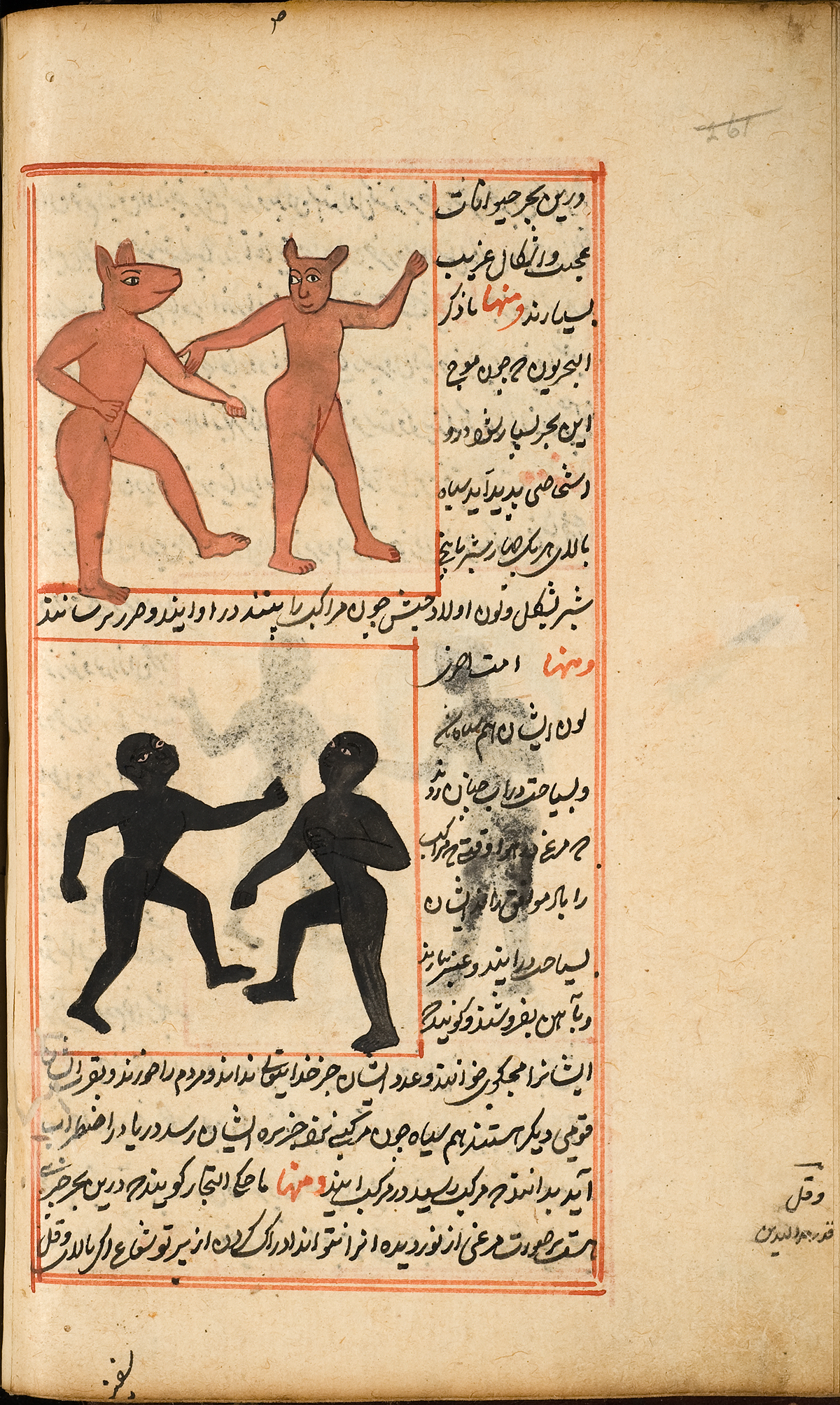
Creatures from the island of Zaneh
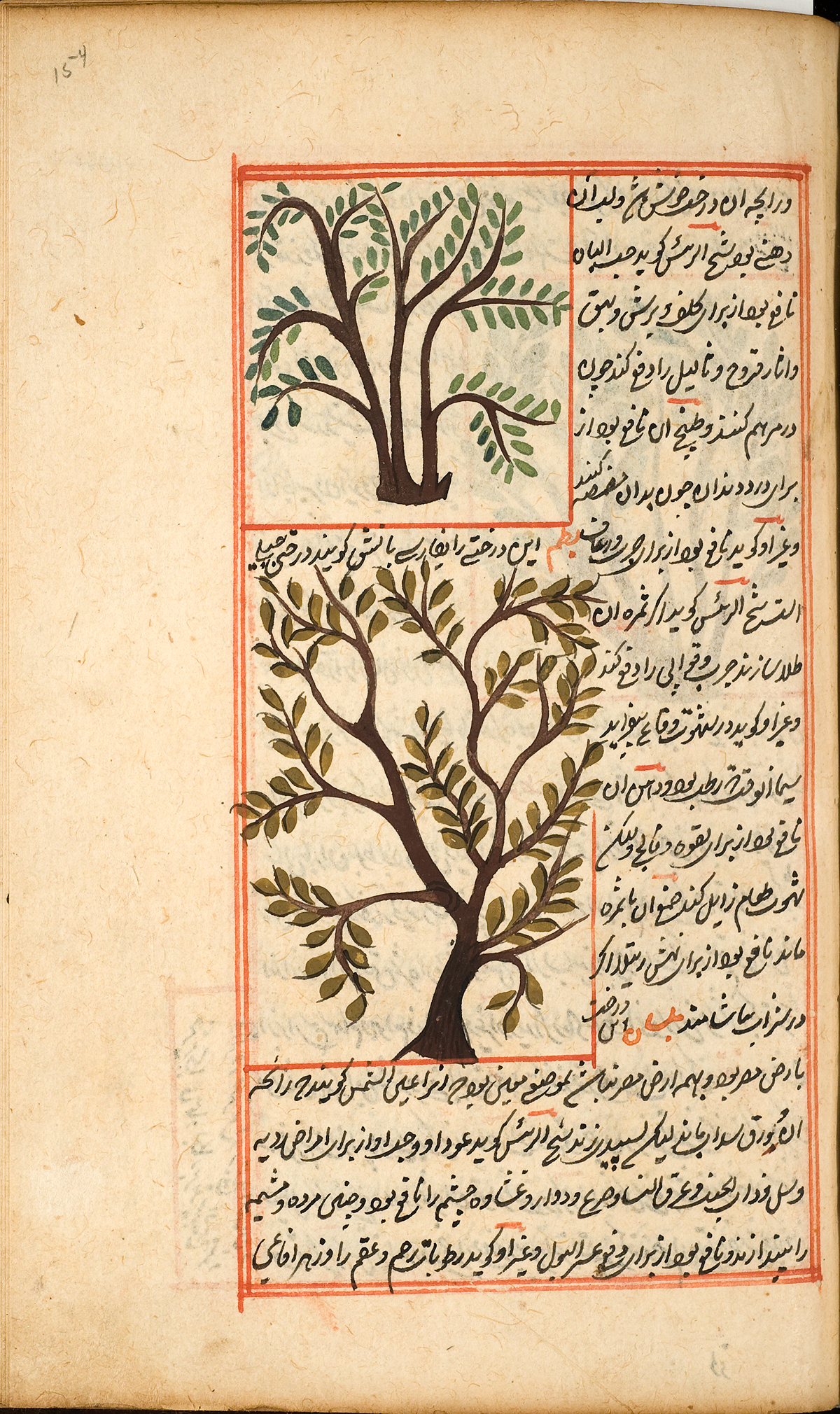
The Ban tree and the Bathm tree
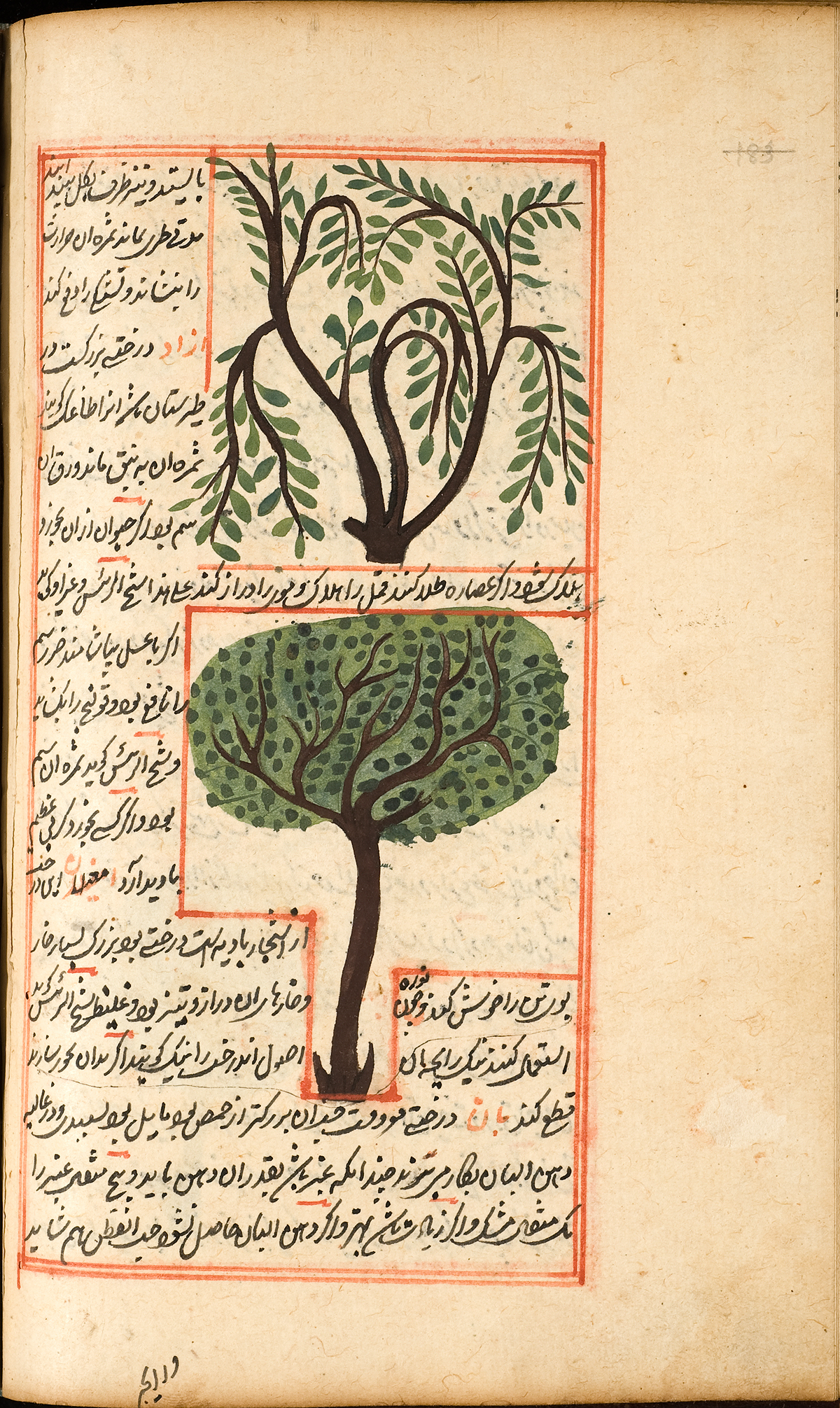
The Azad tree and the Amghilan tree

The Shiab tree and the Shahbalout tree
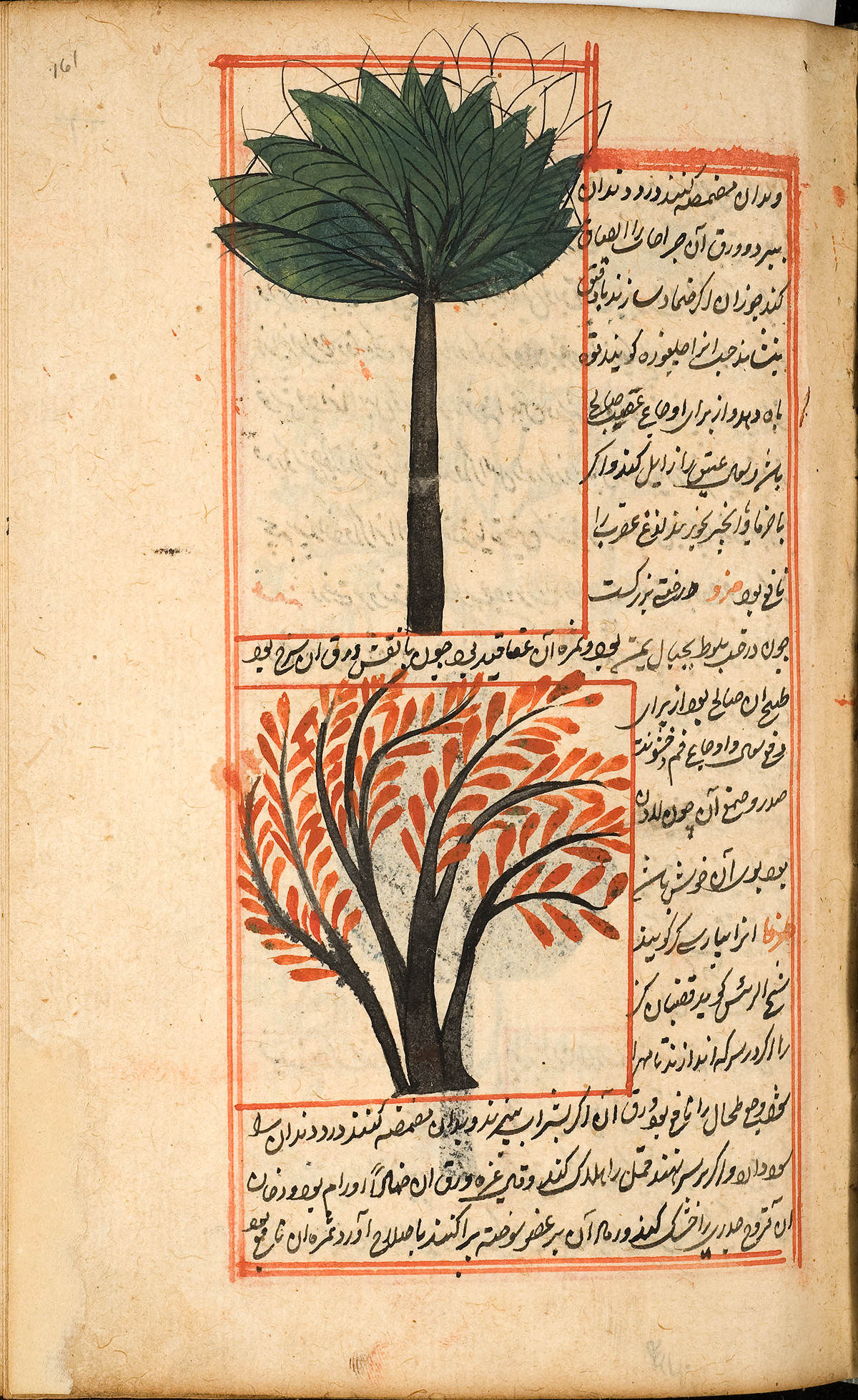
native to the Middle East

African elephant and small mammal
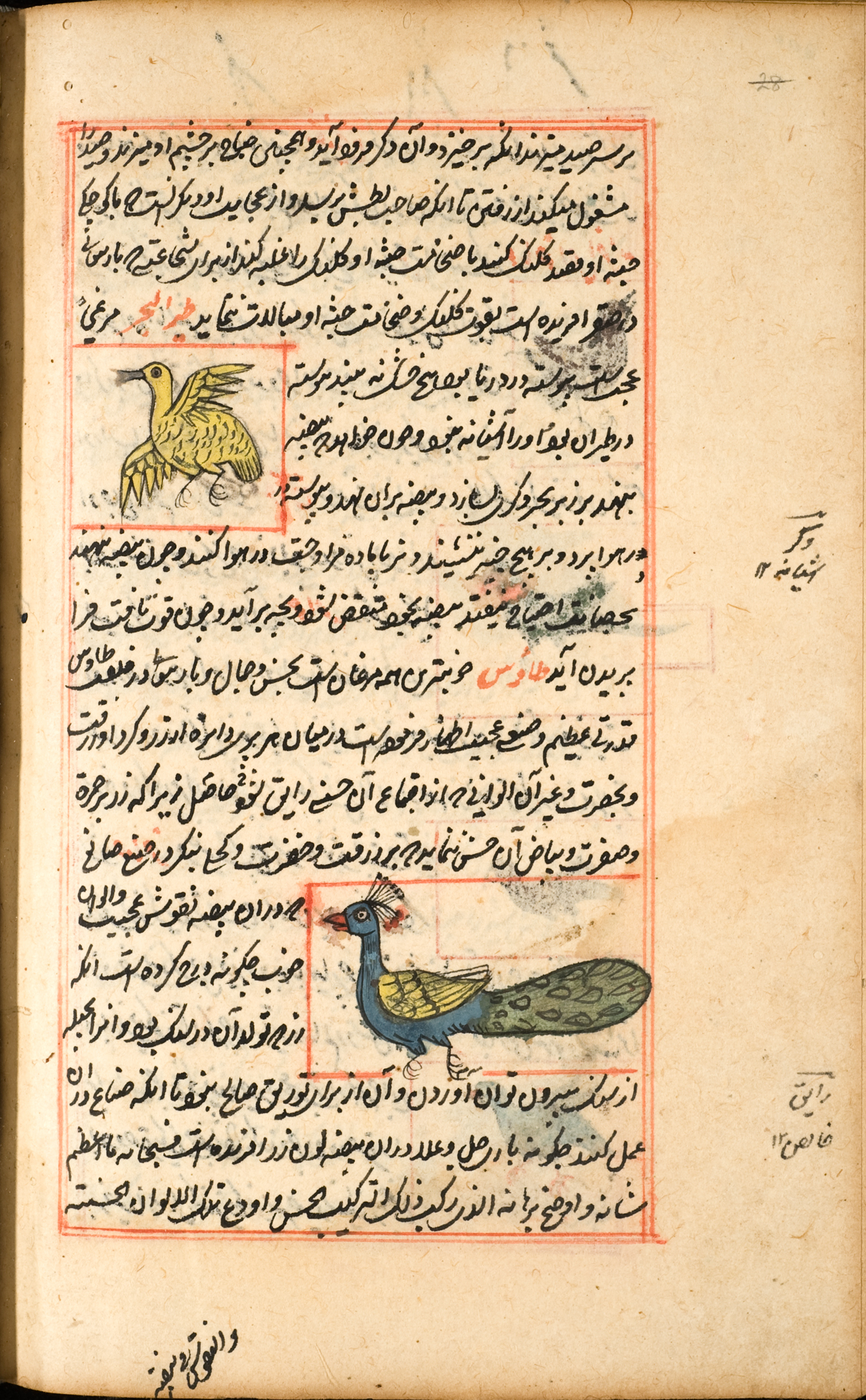
Peacock and bird native to the Middle East
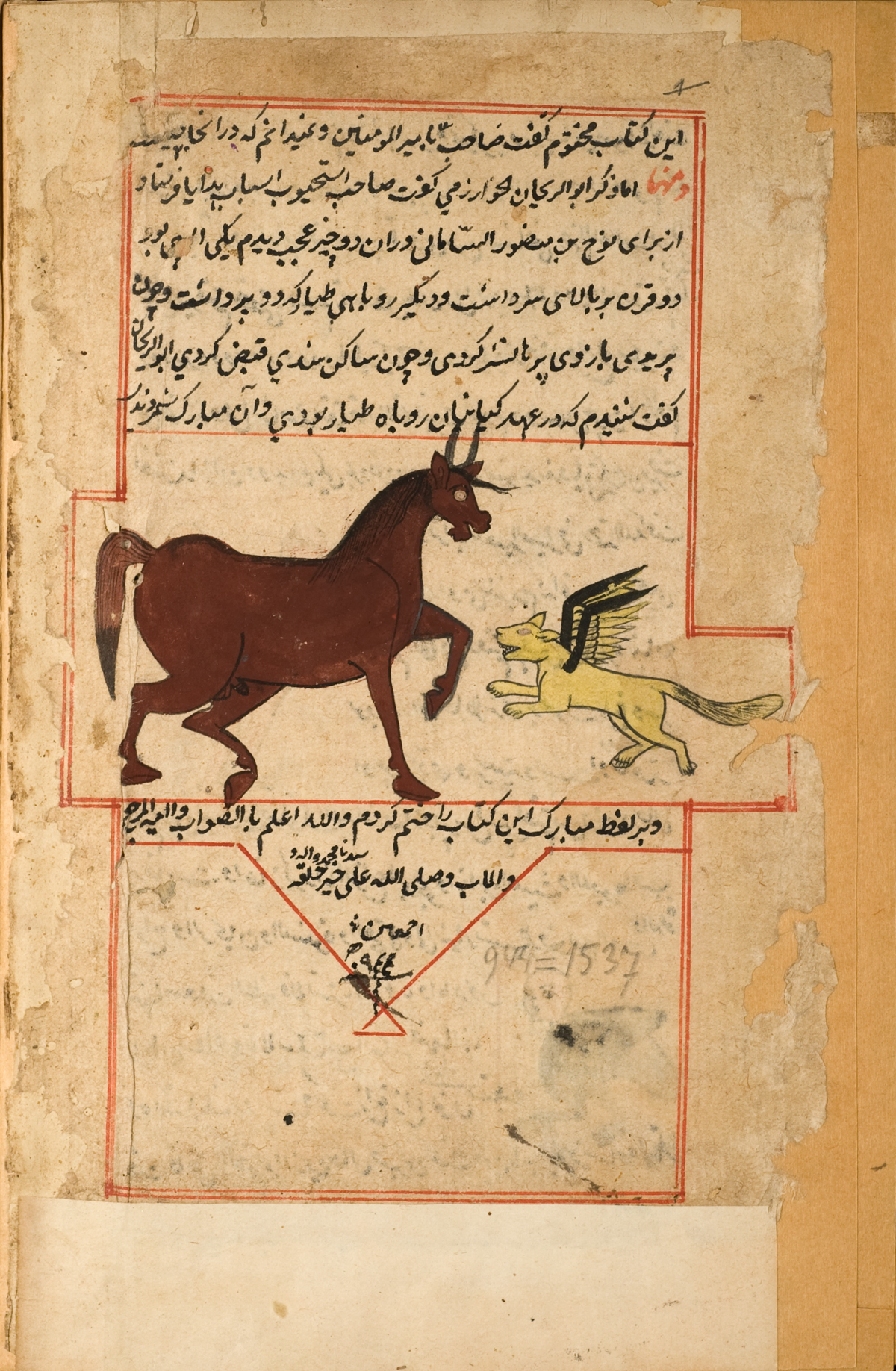
Manuscript colophon with horned horse and winged fox